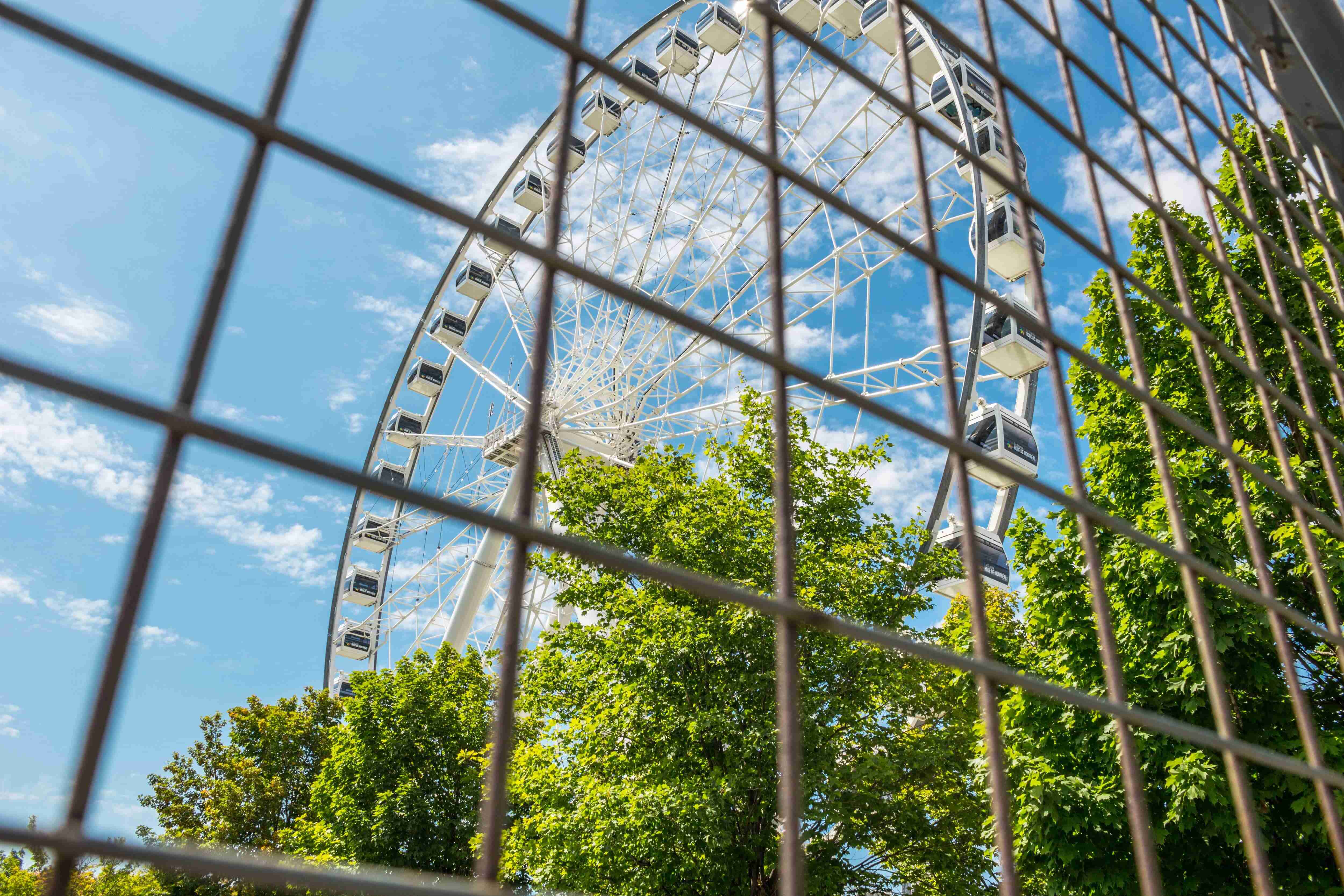

Encouraging Creativity and Innovation in Gifted Students
Encouraging creativity and innovation in gifted students is essential for nurturing their potential and fostering their unique abilities. One effective way to achieve this is by providing open-ended, challenging tasks that allow students to explore their interests and apply their knowledge in new and creative ways. For example, instead of assigning a standard research paper, teachers can encourage gifted students to pursue independent projects that align with their passions, such as designing a sustainable city model or creating a multimedia presentation on a historical event from multiple perspectives.
Furthermore, incorporating interdisciplinary approaches can also stimulate creativity and innovation. By integrating subjects like science, technology, engineering, arts, and mathematics (STEAM), students can develop a holistic understanding of complex problems and explore innovative solutions. For instance, a project that combines biology, art, and technology could involve designing and building a prototype for a bio-inspired sustainable architecture.
Additionally, fostering a supportive and inclusive classroom environment is crucial for nurturing creativity in gifted students. Teachers can encourage collaboration and peer feedback, allowing students to learn from each other's diverse perspectives and approaches. Moreover, providing access to resources such as maker spaces, technology tools, and art supplies can empower students to bring their innovative ideas to life.
In conclusion, by offering challenging tasks, integrating interdisciplinary approaches, and cultivating a supportive environment, educators can effectively encourage creativity and innovation in gifted students, ultimately empowering them to reach their full potential.
References:
- Robinson, K. (2011). Out of Our Minds: Learning to Be Creative. Capstone.
- National Association for Gifted Children. (n.d.). Resources for Educators. Retrieved from https://www.nagc.org/resources-publications/resources-educators
Related Posts
© 2025 Invastor. All Rights Reserved

User Comments